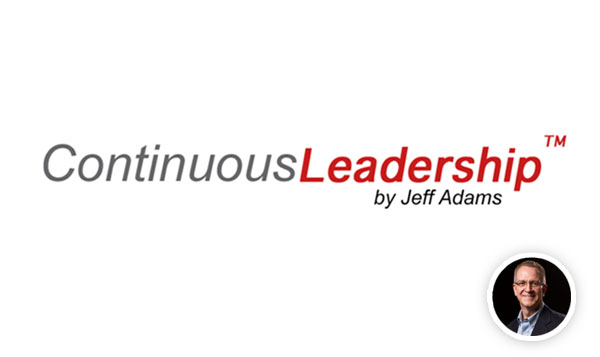So you are working hard, trying to make a difference within your organization. Your focus seems to be on company targets: productivity numbers for this month, or this quarter. Are we on track for the year? Who’s meeting their numbers, who’s not? What does our backlog look like? Are we on schedule with operations? We get wrapped up in cost-driven activities. None of that is customer focused activity, yet it seems to consume all of our time. We get so busy with all these targets and milestones, that we forget our customers, and then wonder why we get all the complaints.
I think most of us get so wrapped up in striving to achieve our internal company goals that we forget the real goal: meeting our customer’s needs and expectations. When I hear people talk about Operational Excellence, or Business Excellence, it usually has to do with internal performance. Rarely do I hear people putting the customer first. But that is exactly what we should do if we want to achieve true excellence, which is Service Excellence. Service Excellence is about staying customer focused, and this should be our primary focus.
When the topic of Continuous Improvement comes up, on occasion the speaker or writer will use the term “True North.” This is referring to the future state direction of your organization. If your organization is talking about Operational Excellence, yet the discussion is about margins, profits, and shareholders, simply put: you’re North is not True North. An organization is in many ways an organic thing that grows and needs to be properly fed to be healthy. Part of that is having a direction the organization is moving in, and this has to incorporate a purpose that includes, if not focused on, the needs of your customer(s).
Look at your organization’s mission statement, goals, or vision statement. How central is the customer to these? If the customer is not at the beginning of these statements, but instead at the end (or worse, not even mentioned), then your compass isn’t pointing to True North. If this is the case, what now then? This is where leaders step in and clarify True North.
Leaders need to communicate to the organization the strategic objectives, where the organization is going, how you are doing what you do for the benefit of your customers, and they communicate this in a way that all the people can relate to these objectives. If we are intent on continuous improvement, then we should be customer focused, which means True North should be driving us towards service excellence, because Service Excellence IS Business Excellence.
If you don’t think Service Excellence is at the forefront of Business Excellence, then consider your own personal experiences with customer service. Poor service isn’t just frustrating; it magnifies all the other issues that sent you to receive service in the first place. Excellent service diminishes how you view the problems that popped up, and that required service in the first place.
Whether having a repairman come to your home, getting cable installed, calling for a doctor’s appointment, getting help with a cell phone issue, or calling your insurance company for a claim (and with many of these, the phone call resulting in the automated, multiple choice headaches you have to go through just to get a person, who then says they can’t help you), you know the reality of poor service and how it impacts your view of that company. The inverse is true as well. Excellent service practically releases endorphins, soothing away the frustrations associated with the issue at hand. Service Excellence is being customer focused, and that will help your organization’s drive towards its True North.
Jeff Adams is the author of “7 Essential Skills of Leadership, How to Lead Your Organization to Operational Excellence,” which can be purchased here. Jeff holds multiple certifications in continuous improvement methodologies, including Lean, Six Sigma, and QRM. More information about Jeff and services offered can be found at www.continuousleadership.com. Online training is available here.

